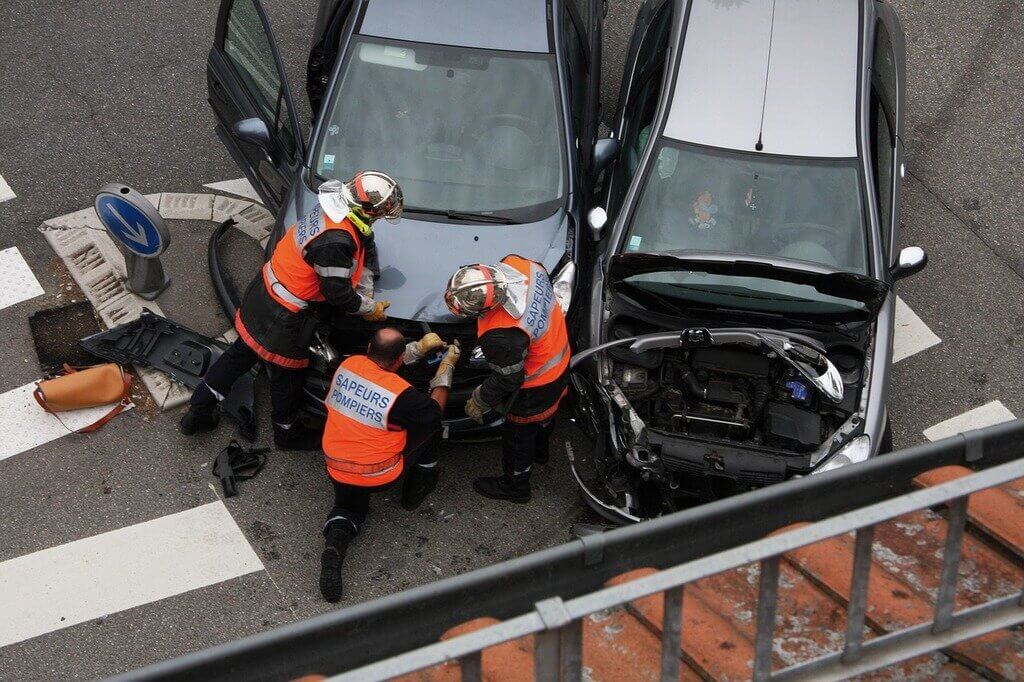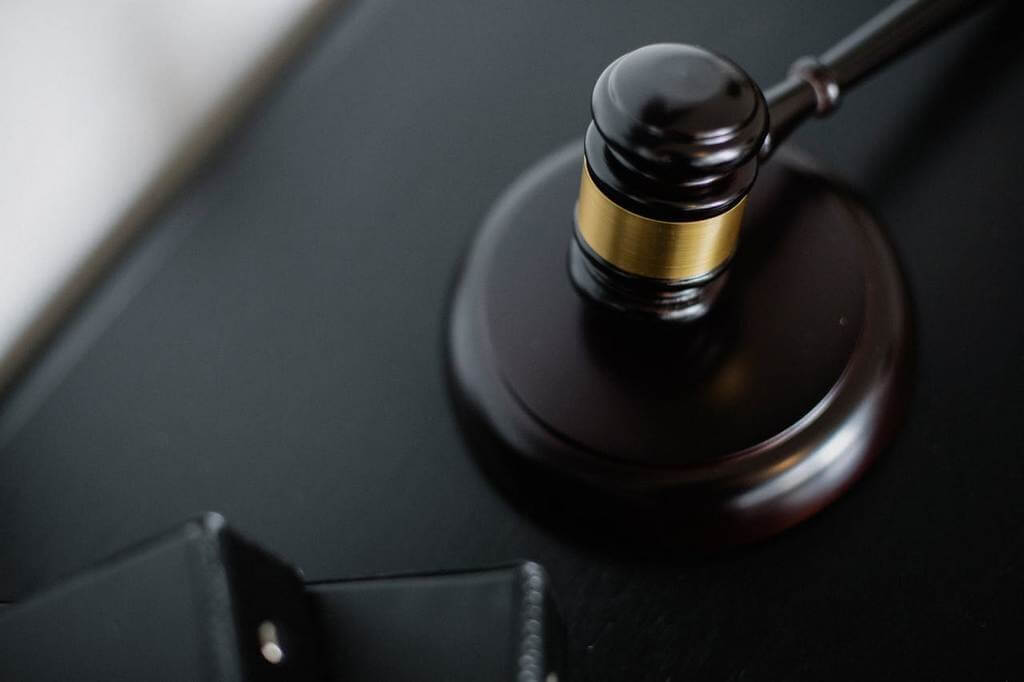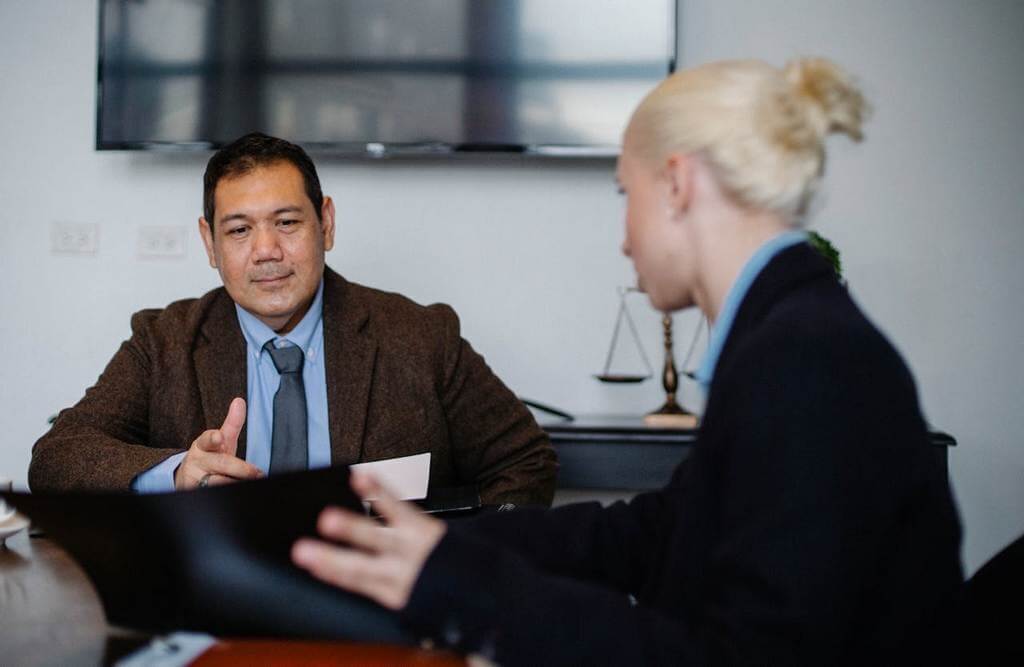
Settling a pedestrian accident claim can be a nuanced process, with the timeline for resolution varying significantly based on several factors. Understanding the intricacies of these claims and the steps involved can provide clarity for those navigating this challenging time. This comprehensive guide aims to shed light on the key elements that influence the duration of settlement negotiations and offer insights into optimizing the process.
Table of Contents
- The Complexity of Pedestrian Accident Claims
- Initial Steps Post-Accident
- Medical Treatment and Recovery
- Liability and Insurance Negotiations
- Legal Proceedings and Settlement Negotiations
- The Role of Legal Representation
- Timeline Expectations
- Maximizing Your Settlement
- Conclusion
The Complexity of Pedestrian Accident Claims
The intricacies of pedestrian accident claim stem from a myriad of factors that intertwine legal, medical, and insurance domains. Each element introduces a layer of complexity that can significantly impact both the process and outcome of these claims. Let’s delve deeper into the aspects that contribute to the complexity of settling pedestrian accident claims.
Severity of Injuries
Pedestrian accidents frequently result in severe injuries, given the vulnerability of individuals against motor vehicles. The nature and extent of these injuries play a critical role in the claim process. Severe injuries not only require longer recovery times but also lead to higher medical costs, increased compensation for pain and suffering, and potentially long-term or permanent disability considerations. The comprehensive assessment of these injuries and their implications on an individual’s life adds layers of complexity to the settlement negotiation process.

Clarity of Liability
Determining fault in pedestrian accidents can be a nuanced process. While pedestrians have the right of way in many scenarios, there are instances where the pedestrian’s actions may contribute to the accident. The concept of comparative negligence—where both the driver’s and the pedestrian’s actions are evaluated for fault—can complicate liability assessments. Establishing clear liability is paramount for a successful claim, yet the presence of shared fault can muddy the waters, prolonging negotiations as parties argue over degrees of responsibility.
Insurance Company Policies and Practices
Insurance companies, with their policies and practices, introduce another level of complexity. The initial stance of an insurance company often leans towards minimizing payout amounts or disputing claims altogether. Negotiating with insurers requires an understanding of policy language, the ability to counteract lowball offers, and the persistence to push back against denials. The insurer’s approach to handling claims can significantly affect the duration and difficulty of the settlement process.
Quality of Legal Representation
The caliber of legal representation significantly influences the trajectory of a pedestrian accident claim. Experienced attorneys bring a deep understanding of personal injury law, adept negotiation skills, and the capacity to navigate the complexities of litigation, should the claim proceed to court. A proficient lawyer can effectively counter the tactics employed by insurance companies, advocate for the full extent of the client’s damages, and expedite the settlement process. Conversely, inadequate representation may leave a claimant vulnerable to undervaluation or denial of their claim.
The Multifaceted Settlement Process
The settlement process for pedestrian accidents is far from linear. It encompasses a series of negotiations, evidence gathering, and, in some cases, litigation. Each stage—from the initial filing of the claim, through medical assessments and recovery, to the final negotiation of compensation—requires meticulous attention to detail and strategic planning. The complexity is further amplified when multiple parties are involved, such as in hit-and-run scenarios or accidents involving commercial vehicles, adding additional layers of investigation and negotiation.
Initial Steps Post-Accident
Immediately following an accident, the focus is on medical treatment for any injuries sustained. This period is also crucial for gathering evidence, including police reports, witness statements, and photographic documentation of the scene. These initial steps are foundational for building a strong claim.
Medical Treatment and Recovery
One of the most significant factors affecting the timeline for settling a pedestrian accident claim is the extent of the injuries involved and the duration of medical treatment. Settlement negotiations typically do not begin in earnest until the injured party reaches maximum medical improvement (MMI), meaning they have recovered to the fullest extent expected or have a clear prognosis. This ensures that all medical expenses, future care costs, and impacts on quality of life are accurately accounted for in the settlement.

Liability and Insurance Negotiations
Determining liability in pedestrian accidents can be complex, especially in scenarios where multiple parties may be at fault, or when the circumstances of the accident involve nuanced legal considerations. Once liability is established, dealing with insurance companies becomes the next hurdle. Negotiations with insurers can be lengthy, as these companies often employ strategies to minimize payouts. The efficiency and tenacity of legal representation can significantly influence the duration and outcome of these negotiations.
Legal Proceedings and Settlement Negotiations
Should the case proceed to litigation, the timeline can extend further. Court proceedings, discovery processes, and potential trial dates add layers to the settlement timeline. However, many pedestrian accident claims are settled before reaching trial, through mediation or direct negotiation, as all parties often prefer the certainty and simplicity of an agreement to the unpredictability of a court verdict.
The Role of Legal Representation
Having an experienced personal injury attorney can be a game-changer in the timeline and outcome of a pedestrian accident claim. A skilled lawyer navigates the legal system efficiently, advocates vigorously on behalf of their client, and negotiates effectively with insurance companies. Their expertise not only streamlines the process but also maximizes the settlement amount.

Timeline Expectations
Navigating the aftermath of a pedestrian accident is not only about seeking justice and compensation; it’s also about understanding the realistic timeline that this journey might entail. The duration from the initial filing of a claim to reaching a settlement can vary widely, influenced by the specifics of each case. Setting realistic timeline expectations is crucial for anyone embarking on this process, as it helps prepare for the emotional and financial aspects of the journey ahead.
The Influence of Case Complexity
Simple cases, where liability is clear-cut and injuries are minor, often resolve quicker, sometimes within a few months. These cases typically involve less negotiation and fewer legal hurdles, allowing for a more streamlined settlement process. However, these scenarios are more the exception than the rule.
For more complex cases, particularly those involving severe injuries, the timeline can extend significantly. Severe injuries require an accurate assessment of long-term impacts, which can only be fully understood once the injured party reaches Maximum Medical Improvement (MMI). Reaching MMI can take several months to over a year, depending on the nature of the injuries. Only then can the true cost of medical treatments, future care needs, and any long-term disabilities be accurately calculated and included in the settlement negotiations.
Disputed liability cases introduce additional delays. When the parties involved disagree on who was at fault, or if both parties share some degree of fault, unraveling these details requires meticulous investigation and, often, the intervention of legal professionals or mediators. These disputes can prolong the negotiation process, as each side presents evidence and arguments to support their position.
Insurance Company Negotiations
Dealing with insurance companies adds another layer of complexity to the timeline. Insurance providers may employ tactics to delay negotiations, dispute claims, or offer settlements that are significantly lower than what the claim is worth. Navigating these negotiations, and possibly appealing denied claims, can add considerable time to the settlement process.

The Potential for Litigation
While many pedestrian accident claims are settled out of court, some cases may proceed to litigation. This step is often taken when settlement negotiations stall, or the parties involved cannot agree on a fair compensation amount. Litigation extends the timeline further, as preparing for and conducting a trial involves multiple stages, including discovery, pre-trial motions, and the trial itself. Each of these stages introduces potential delays, extending the settlement timeline by months or even years.
Setting Realistic Expectations
Given these variables, it’s essential for injured parties to set realistic expectations regarding the timeline for settling a pedestrian accident claim. While the desire for a swift resolution is understandable, especially in the face of mounting medical bills and potential loss of income, prioritizing a comprehensive and fair settlement is crucial. Rushing the process can result in accepting a settlement that falls short of covering all damages and future needs.
Maximizing Your Settlement
To ensure the best possible outcome, it’s crucial to:
- Follow all medical advice and complete recommended treatments to fully document the impact of your injuries.
- Keep detailed records of all expenses related to the accident, including medical bills, lost wages, and rehabilitation costs.
- Communicate openly and regularly with your attorney, providing all necessary documentation and information to support your claim.
Conclusion
The journey to settle a pedestrian accident claim is unique for each case, influenced by the specifics of the accident, the injuries sustained, and the quality of legal representation. Understanding the factors that affect the settlement timeline can help victims navigate the process with informed expectations. By prioritizing thorough preparation, detailed documentation, and skilled legal advocacy, individuals affected by pedestrian accidents can navigate the path to a fair and timely settlement, ensuring they receive the compensation needed to support their recovery and rehabilitation.
